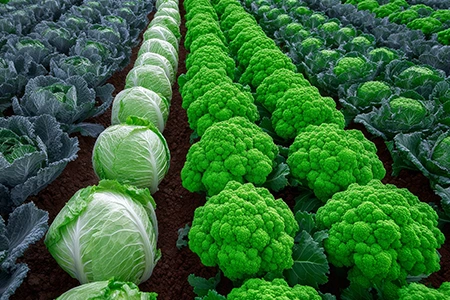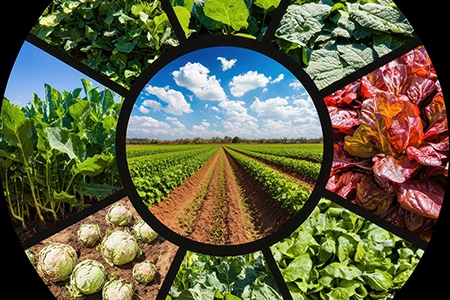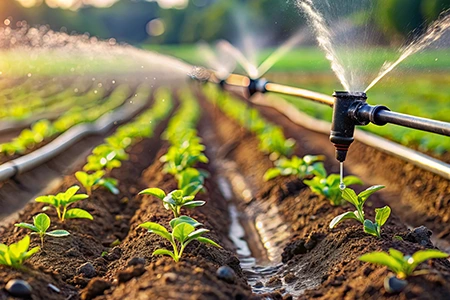Biotechnological and technological innovations in agriculture
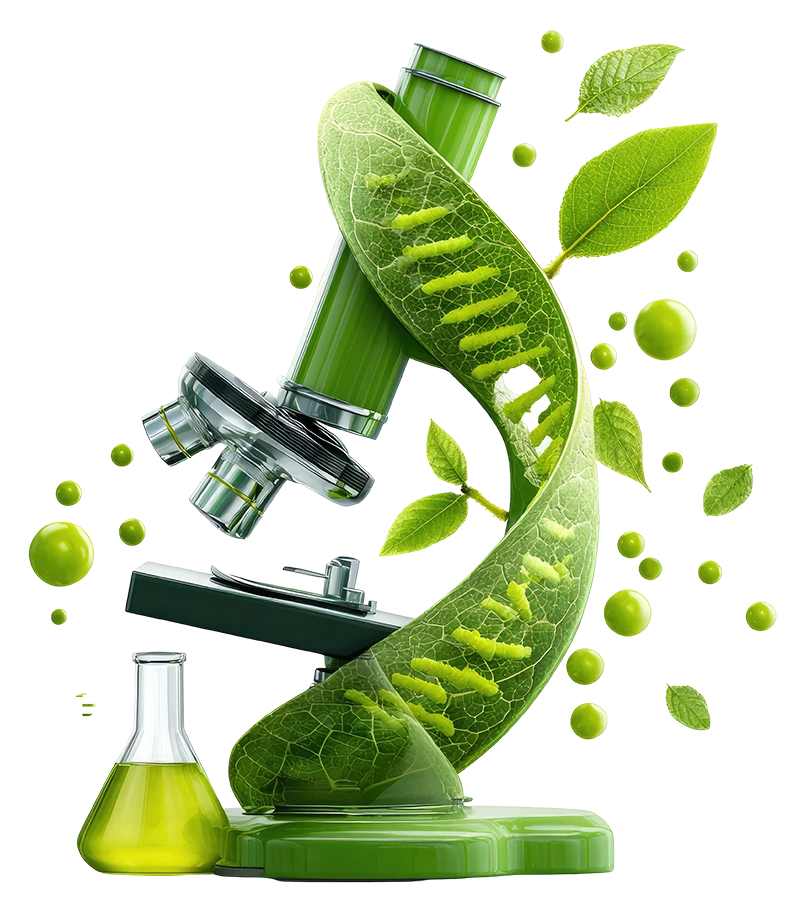
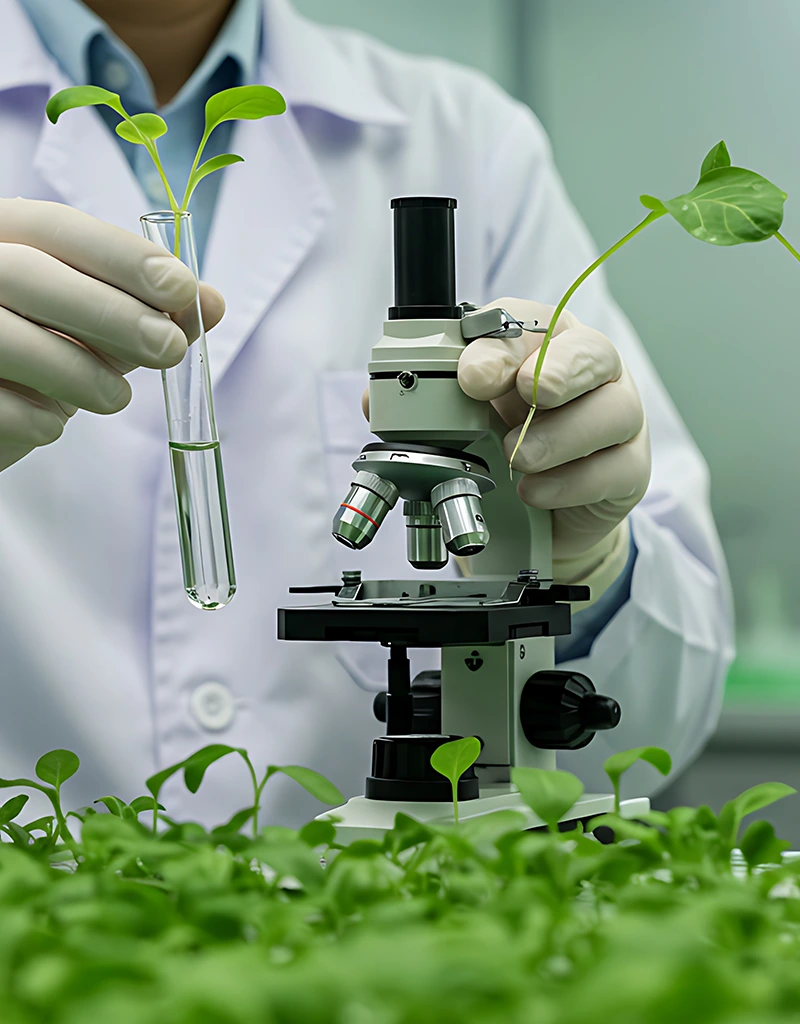
Biotechnology for responsible agriculture
Key advances in plant biotechnology
Techniques such as genetic engineering and CRISPR gene editing allow scientists to develop plants with higher yields, greater resistance to pests and diseases, and improved tolerance to drought or salinity. Tissue culture and micropropagation have made it possible to rapidly reproduce healthy, disease-free plants, while biofortification enhances the nutritional value of staple crops to fight malnutrition.
Creating disease-resistant plants
Limiting agricultural losses and reducing pesticide use.
Improving tolerance to climate stress
Developing crops adapted to drought, cold, or salinity.
Optimizing nutritional value
Enriching plants with vitamins, minerals, or proteins to combat nutritional deficiencies.
Innovating for more responsible livestock farming through biotechnology
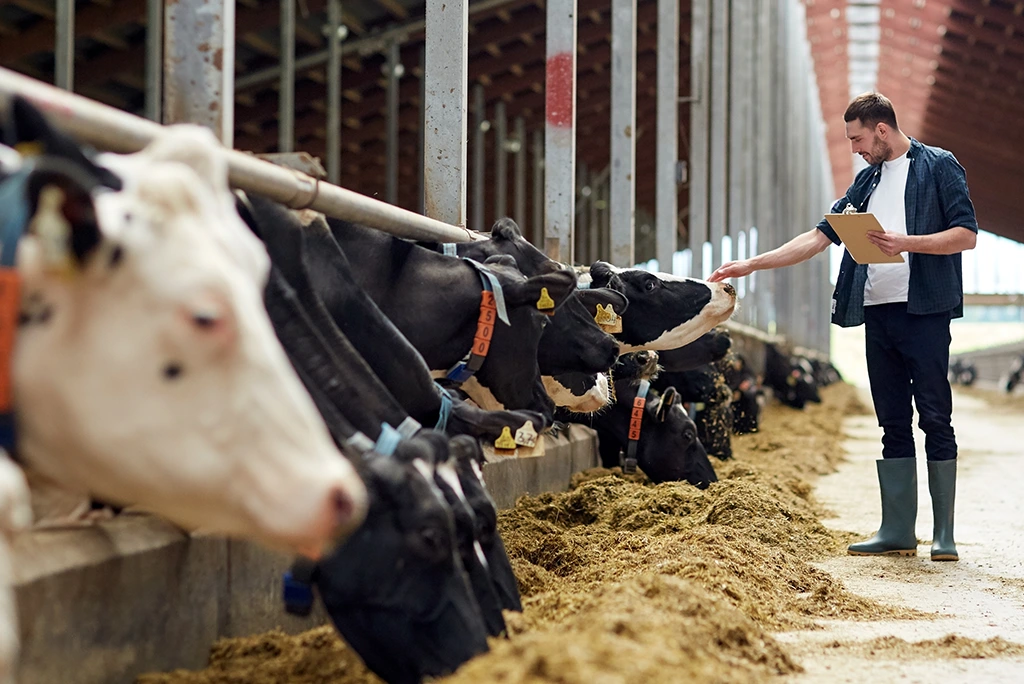
Improved genetic selection
Developing animals that are more resistant to disease and better adapted to farming conditions.
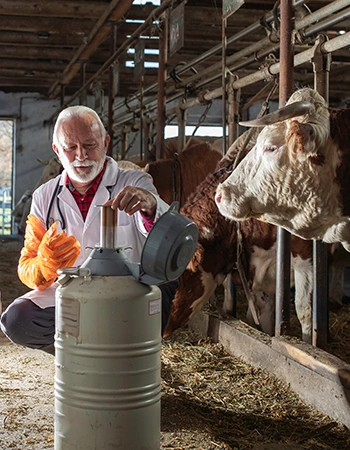
Optimizing reproduction
Using techniques such as artificial insemination or cloning to improve productivity.
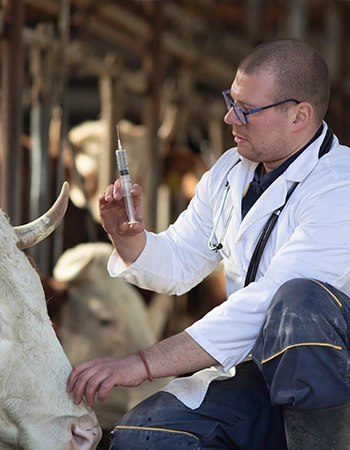
Improving animal health
Vaccines, gene therapies, and advanced diagnostics to prevent disease.
Practices and innovations to optimize crops
Adopting sustainable agricultural practices increases yields, preserves soil and water, and produces crops that are more resilient to climate challenges.
Growing with respect for nature: methods and strategies
Growing with respect for nature means adopting sustainable practices that protect ecosystems while ensuring healthy growth for people, plants, and communities. This involves using eco-friendly methods such as organic farming, permaculture, and water-saving irrigation techniques that preserve soil fertility and biodiversity. Strategies like crop rotation, composting, and the reduction of chemical inputs help maintain balance in natural cycles.
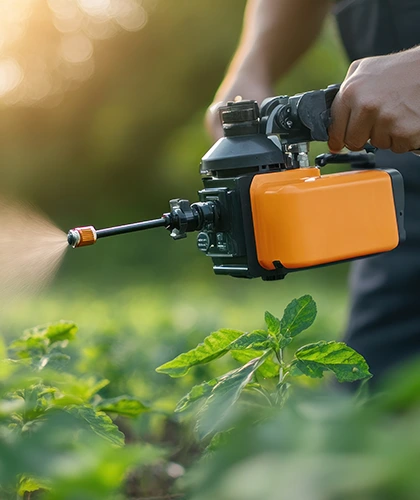
Reducing chemical pesticides
Favouring organic or natural alternatives to protect biodiversity and soils.
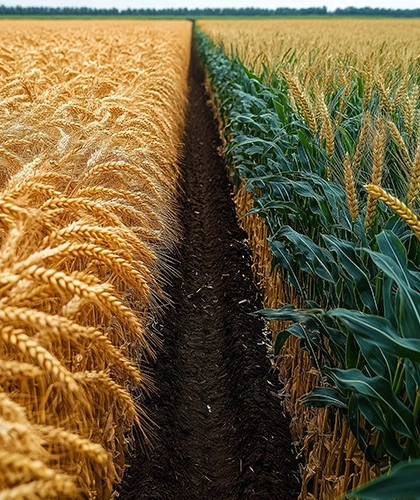
Crop rotation and diversification
Alternating crop types to maintain soil fertility and limit diseases and pests.
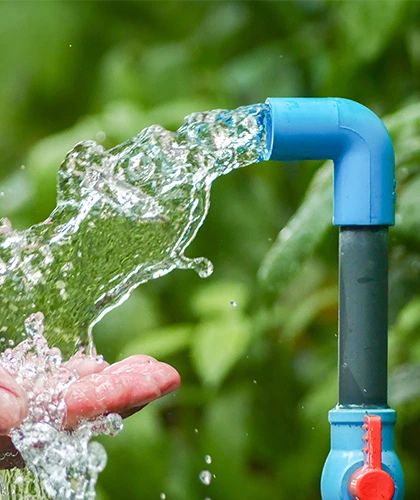
Water conservation
Use targeted irrigation, mulching, or rainwater harvesting techniques to optimize water resources.
Smart agriculture: reducing inputs and improving harvests
Agricultural machinery: key tools for optimizing crops
Using the right agricultural equipment makes field work easier, increases productivity, and enables more efficient and sustainable crop management.
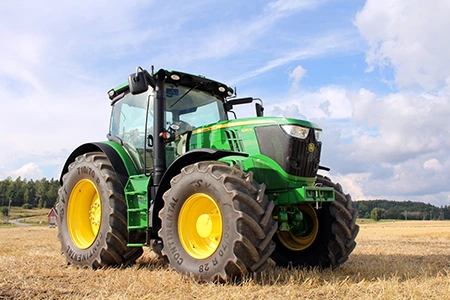
Tractor
A versatile machine, it is used for plowing, sowing, transporting, and pulling other agricultural equipment.
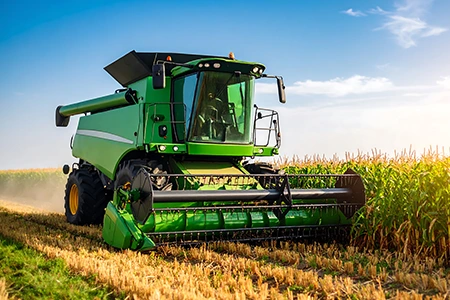
Combine harvester
Used to harvest cereals by cutting, threshing, and separating the grains from the straw.
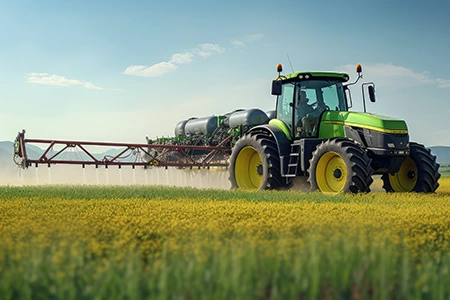
Sprayer
Used to precisely apply pesticides, herbicides, or liquid fertilizers to crops.
